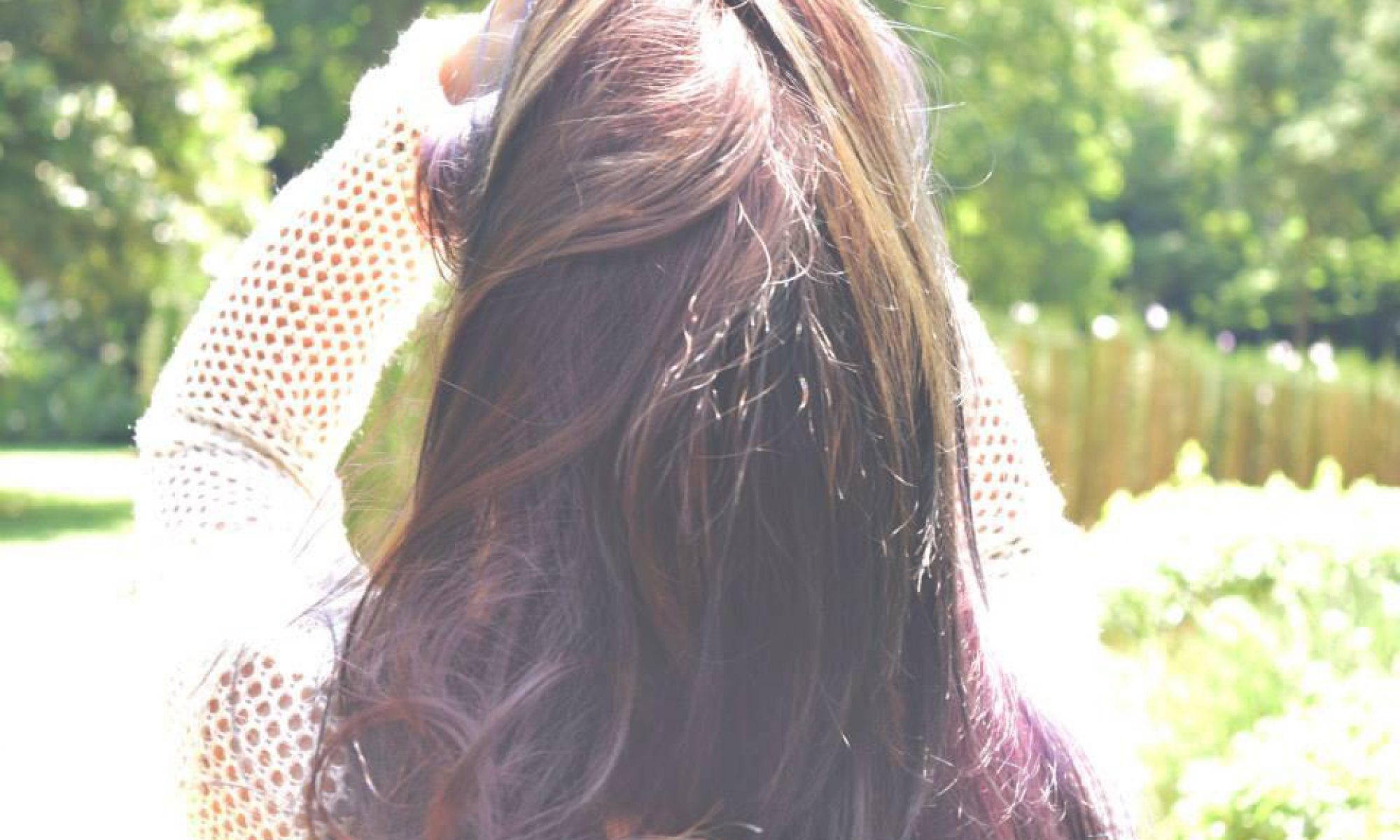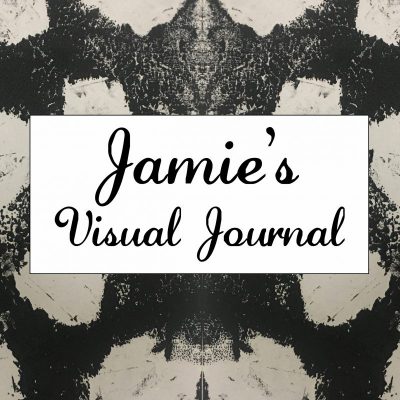Jackson Pollock

A very famous abstract artist, Jackson Pollock is a familiar name in the art industry. He was well known for his unique style of drip painting.
Vincent Van Gogh
Vincent Van Gogh is a Dutch post-impressionist artist. In many of his artworks, he used very expressive brushwork, which contributed to the foundations of modern art.
I was very inspired by his art works and how he used his brushworks to evoke emotions. I wanted to follow his style of doing, but I didn’t want to use a brush. Thus, I used a fork instead. I dripped white paint on several spots on the strip of paper. Next, with the fork, I took some black paint, and started applying strokes of it on top of the white paint. To me, it looked a little like latte art, just more expressive. It turned out better than expected, and I used it as one of my emo lines.
Gestalt Principles
Gestalt is also known as the “Law of Simplicity” or the “Law of Pragnanz” (the entire figure or configuration), which states that every stimulus is perceived in its most simple form.
Gestalt theorists followed the basic principle that the whole is greater than the sum of its parts. In other words, the whole (a picture, a car) carried a different and altogether greater meaning than its individual components (paint, canvas, brush; or tire, paint, metal, respectively). In viewing the “whole,” a cognitive process takes place – the mind makes a leap from comprehending the parts to realizing the whole,
We visually and psychologically attempt to make order out of chaos, to create harmony or structure from seemingly disconnected bits of information.
The prominent founders of Gestalt theory are Max Wertheimer, Wolfgang Kohler, and Kurt Koffka.
Gestalt Principles – Closure
The satisfaction of a pattern encoded, as it were, into the brain, thus triggering recognition of the stimulus. This can involve the brain’s provision of missing details thought to be a part of a potential pattern, or, once closure is achieved, the elimination of details unnecessary to establish a pattern match.
- Closure is the effect of suggesting a visual connection or continuity between sets of elements which do not actually touch each other in a composition.
- The principle of closure applies when we tend to see complete figures even when part of the information is missing.
- Closure occurs when elements in a composition are aligned in such a way that the viewer perceives that “the information could be connected.”
I wanted to apply gestalt principles to one of my strips, by the usage of negative and positive space to evoke the emotion between it. For one of my emo lines, I deliberately used tape to keep the negative spaces, and then painted the rest of the positive space.




